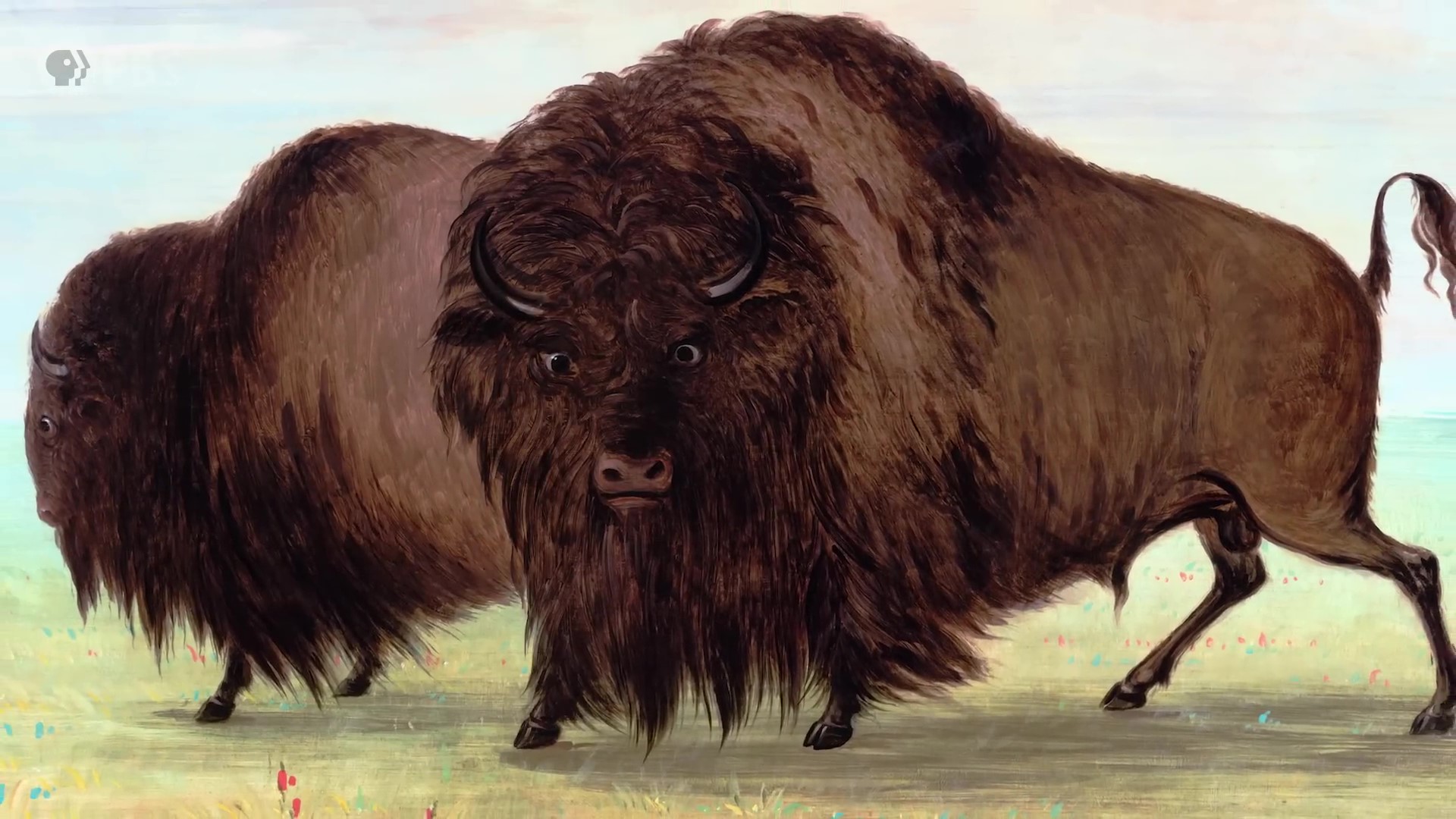Ken Burns, the renowned filmmaker known for his captivating documentaries, is set to debut his latest work, “American Buffalo,” on PBS on October 16. This two-part series delves into the profound connection between Native American culture, the iconic American bison, and the westward expansion of the United States. Wyoming plays a pivotal role in this compelling narrative, as the state’s history is intricately interwoven with the buffalo.
Native American culture shares an inseparable bond with the buffalo. These majestic creatures provided sustenance, materials, and spiritual significance for the tribes of the Great Plains. Every part of the buffalo was utilized, from head to tail, even its excrement served as fuel for their fires. The tribes mimicked the buffalo’s vocalizations in their ceremonies, swathed newborn babies in buffalo robes, and cloaked their elders with these same robes when they passed on.
For the indigenous peoples of the Great Plains, the buffalo represented more than just a source of food and clothing. They believed these animals had their own societies, customs, and the ability to transform into different forms to communicate directly with humans. The act of hunting a buffalo was not merely a matter of survival; it was a spiritual endeavor, an act of pure-hearted supplication for the buffalo to offer itself to the hunter.

This profound connection between the tribes and the buffalo had developed over a 10,000-year period. The indigenous people of the Great Plains never considered themselves superior to the buffalo; rather, they coexisted harmoniously with these creatures, honoring their significance in every aspect of life.
However, a stark contrast in perspective emerges when one looks at the near-extinction of the American bison in the late 19th century. White settlers, motivated by profit and with limited regard for the natural world, nearly drove the buffalo to extinction in just a decade. This sharp contrast in how people perceive and interact with the natural world forms the crux of Ken Burns’ new documentary, “American Buffalo.”
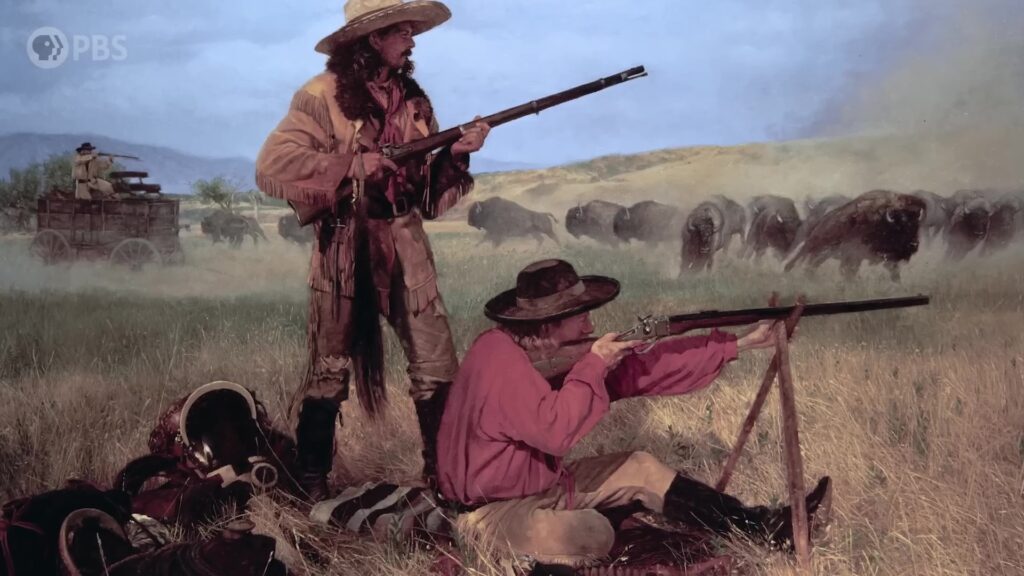

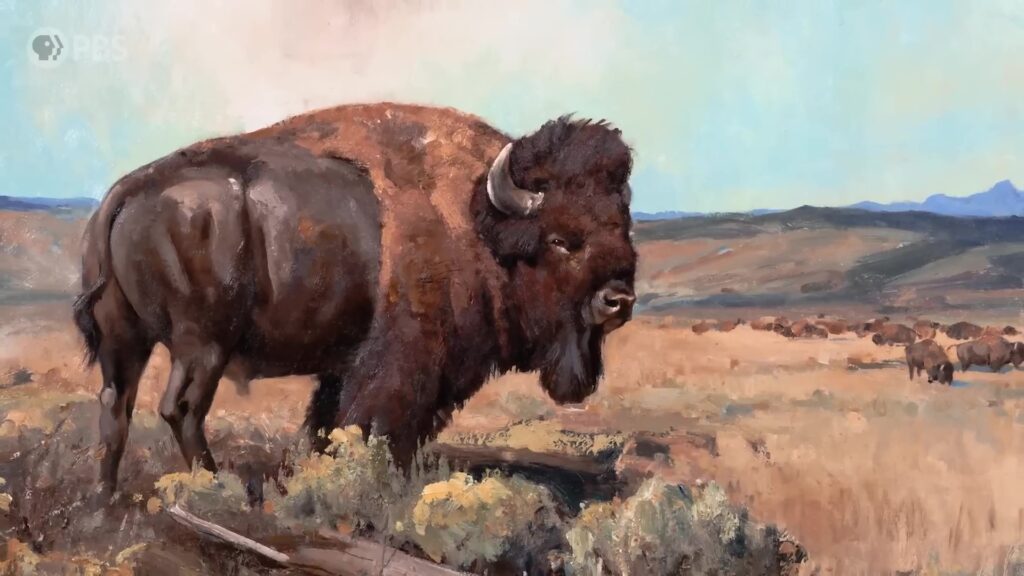
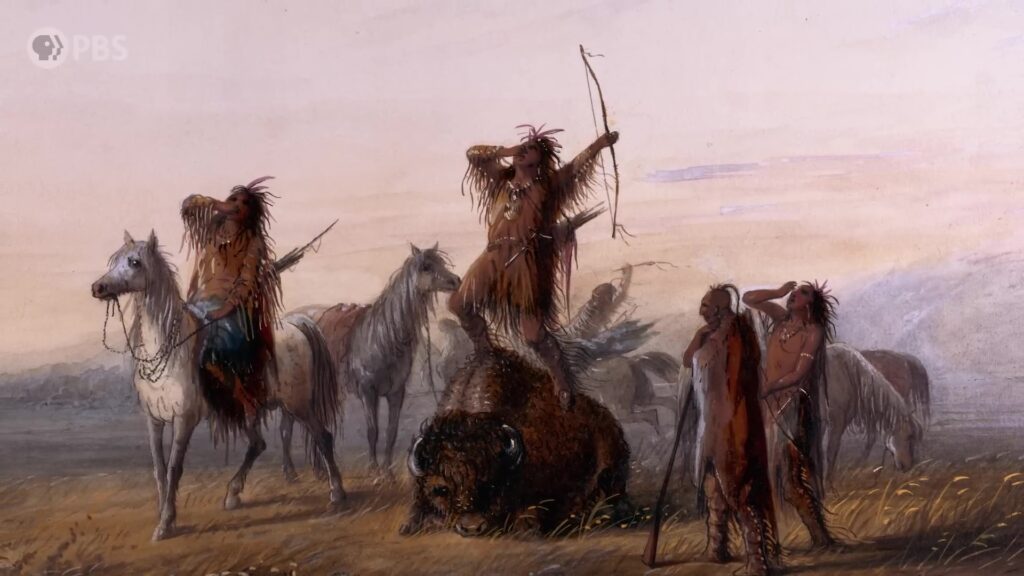
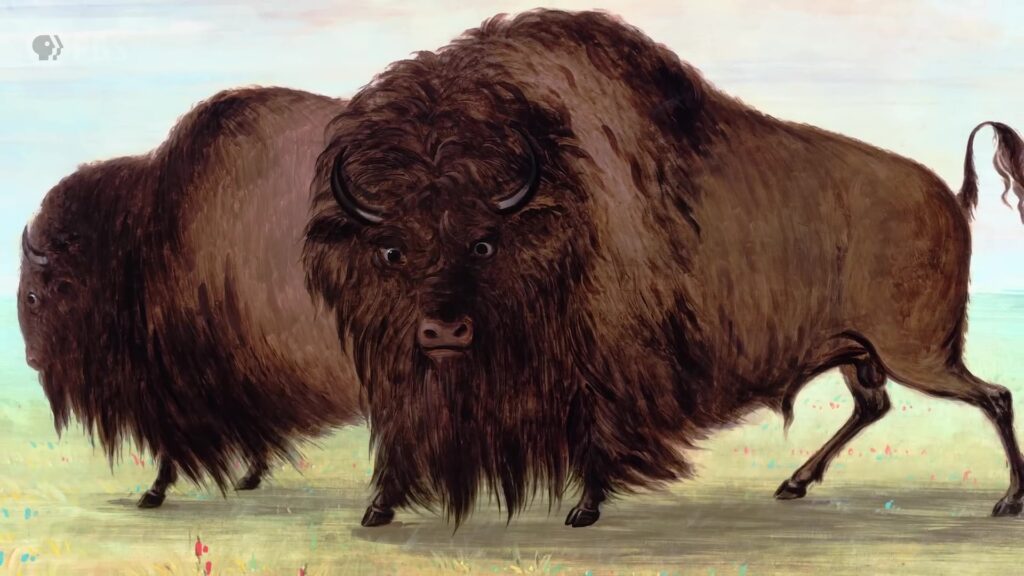

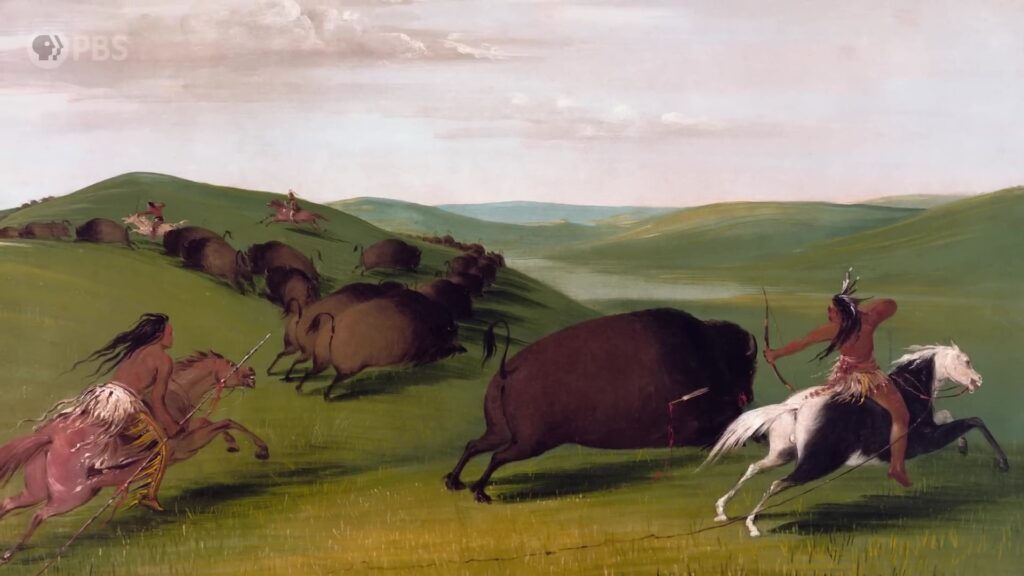



A Decades-Long Journey
Ken Burns and his writing partner, Dayton Duncan, have honed their narrative storytelling craft over the years. Their previous documentaries, such as “The West,” “The Dust Bowl,” “The National Parks,” and “Lewis and Clark: The Journey of the Corps of Discovery,” have all featured the iconic American bison as a central element of the story.
In a recent interview with Cowboy State Daily, Dayton Duncan revealed that the concept of a “bison biography” had been percolating in their minds for the past three decades. Their 1996 documentary “The West” delved into the profitability of hide hunting in the 1870s, where a hunter could earn $1,000 in just a month, equivalent to a year’s wages for the average person at that time.
Their documentary on Lewis and Clark showcased how the Corps of Discovery used various tactics, including sticks and beached canoes, to navigate around massive herds of bison. In “The National Parks,” they chronicled the preservation of the last free-roaming bison herd in Yellowstone National Park in the 1890s and the ongoing threats posed by poachers driven by profit.
These documentaries illuminate the diverse perspectives and historical shifts in our relationship with the natural world. They serve as cautionary tales, reminding us of the consequences of human actions on the environment and our capacity to change course towards a more hopeful future.
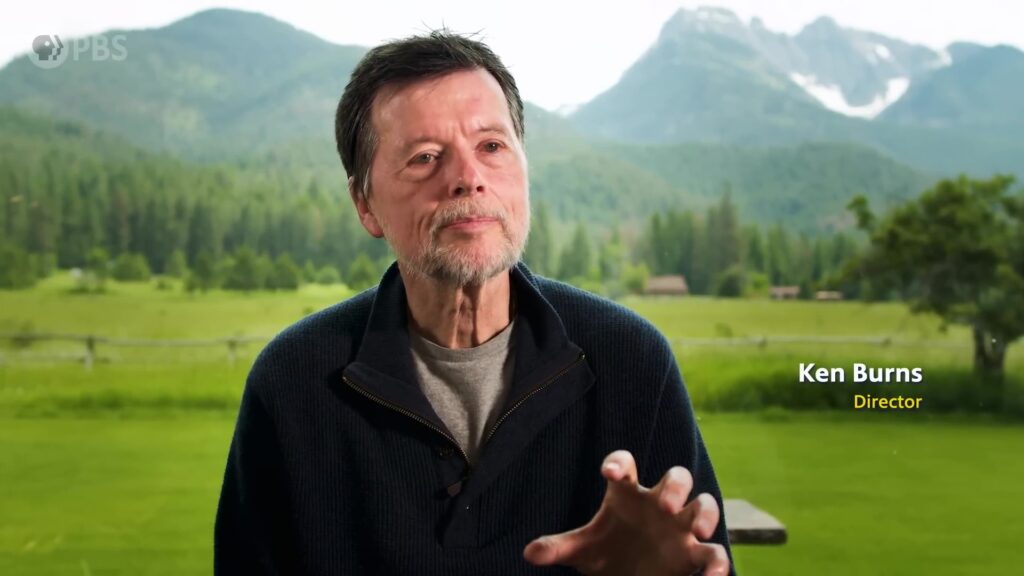

A Proven Formula
Devotees of Ken Burns’ documentaries will recognize the familiar elements of his filmmaking formula. The authoritative voice of Peter Coyote serves as the narrator, while meticulous research and attention to detail tie together the narrative. Interviews with numerous experts and individuals closely connected to the topic add depth and authenticity to the storytelling.
In one such interview, Steven Rinella, a hunter and the founder of the Meateater franchise, describes bison as extraordinary athletes. Although they may appear slow while grazing, they possess astonishing abilities, including the power to leap over six-foot fences, cover seven feet horizontally, reach speeds of up to 35 mph, all while weighing a colossal 1,800 pounds. Rinella aptly likens them to souped-up hotrods hiding within the exterior of a minivan.
Wyoming and the American Buffalo
Wyoming features prominently in Ken Burns’ “American Buffalo.” Yellowstone National Park, where efforts to preserve the last free-ranging bison in the United States originated, holds a central place in the narrative. The film also quotes Chief Washakie, the leader of the Eastern Shoshone Tribe and one of Wyoming’s most prominent Native American leaders. His accounts shed light on the impact of cattle and sheep drives on Wyoming’s riparian areas along the Platte River.
Washakie’s statement about westward settlement causing his people to starve was closely tied to the widespread slaughter of buffalo. It’s clear that Wyoming’s history is intricately linked to the buffalo’s story.
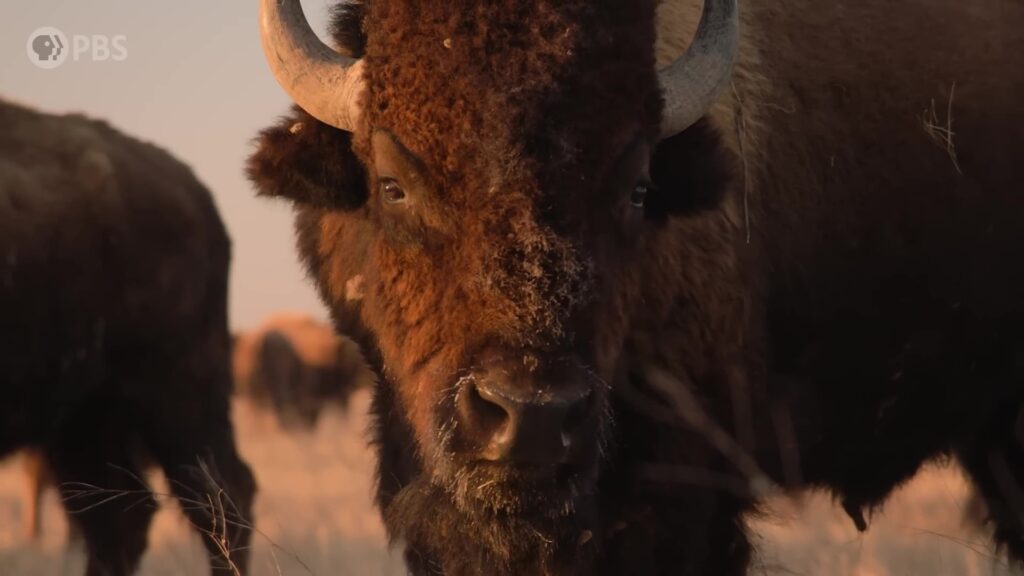

Buffalo Bill: The Pioneer Showman
In 1889, Buffalo Bill Cody was arguably the most famous American in the world. As the central figure in his Wild West Show, he featured a small herd of approximately 20 stampeding buffalo to close every performance. The show promised an immersive Wild West experience within a three-hour spectacle.
Cody’s exploits were featured and embellished in many dime novels of the time, and some of these exaggerated tales made their way into his Wild West Show. Stories of Cody saving a stagecoach, protecting a wagon train from raids, and rescuing settlers’ cabins from Indian attacks became part of the show’s repertoire.
The show even included a reenactment of the Battle of the Little Bighorn, complete with Buffalo Bill’s arrival as the words “too late” were displayed to the audience. Dan O’Brien, a writer, described Buffalo Bill as “the first Great Plains roadside hustler.”
In 1886, a staggering one million people attended Cody’s Wild West Show on New York’s Staten Island, and another million attended the show the following winter in Madison Square Garden. The show’s European tour in 1887, performed at Queen Victoria’s golden jubilee in England, featured 18 buffalo that had made the transatlantic journey.
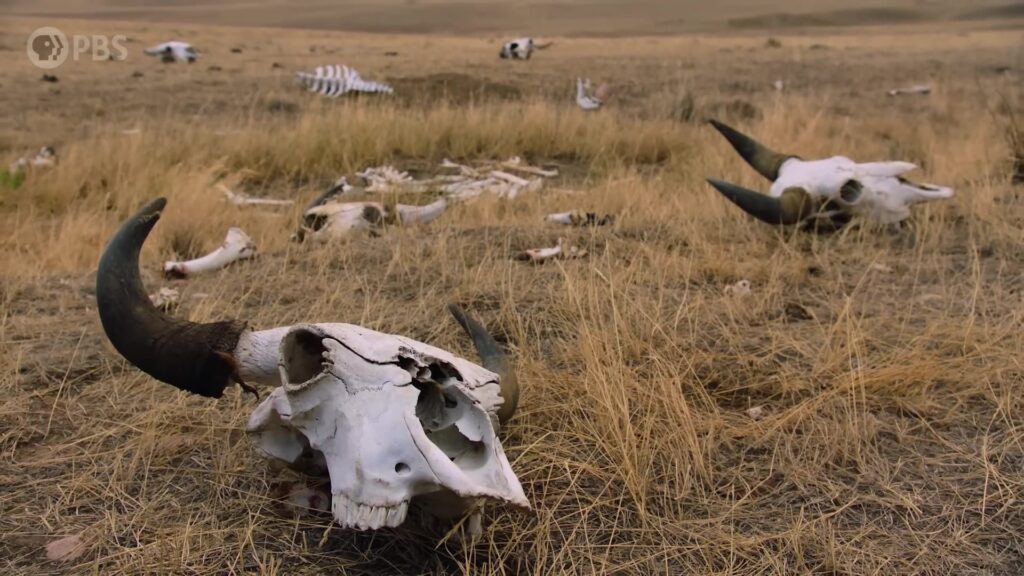
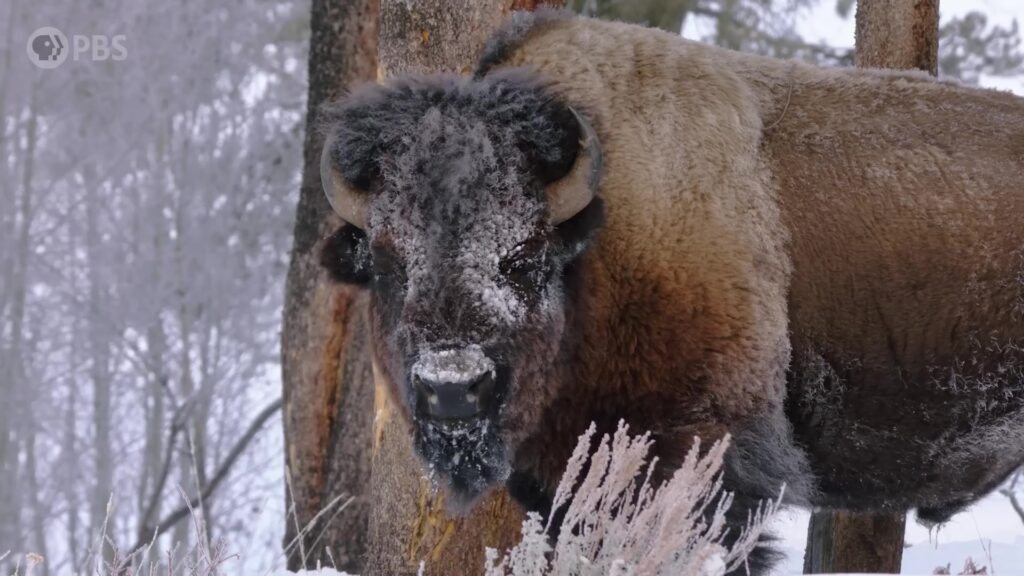
The Second Episode
The second half of the documentary delves into the lives of those who inadvertently played a role in saving the buffalo from extinction. Early conservationists, including future President Theodore Roosevelt, recognized that the westward expansion and fulfillment of America’s “Manifest Destiny” would be impossible with the buffalo still present.
Episode 2 of the documentary narrates the story of a diverse group of Americans who, in various locations and for different reasons, rescued a number of buffalo and initiated the creation of small private herds. This movement ultimately led to a national effort to save the species from extinction.
The removal of the buffalo from the Great Plains territories pushed the indigenous tribes onto reservations, affecting their way of life and sustenance. From 1870 to 1890, industrial processes added significant value to the buffalo trade, with new tanning methods turning buffalo hides into belts that powered factories.

While historians remain uncertain about the exact peak population, it is believed that there were as many as 30 million buffalo in the early 1800s, spread across every state in the nation. The documentary recounts the stories of individuals like Texas rancher Charlie Goodnight, who, despite not wanting buffalo on his land due to competition with cattle, saved a few and established a herd
at the request of his wife, a move that became crucial in preserving the species.
The documentary also highlights the experiences of figures like Comanche Chief Quannah Parker, who witnessed the buffalo’s extermination on the southern plains and later wept when a small herd was transported from New York to Oklahoma and released. Additionally, it tells the story of how George Bird Grinnell and Theodore Roosevelt founded the Boone and Crocket Club, an organization of hunters that played a pivotal role in bison conservation efforts.
In the words of Dayton Duncan, “We hope this story helps people understand and feel the devastation that native people felt when the buffalo were brought to the brink of extermination. It’s a portal into a larger American story that touches on what our relationship should be with the natural world as humans and as a nation.”
Duncan has also authored a companion book to the film, titled “Blood Memory: The Tragic Decline and Improbable Resurrection of the American Buffalo,” set for release on October 10. This comprehensive work further explores the story of the American bison, its decline, and the inspiring journey of its preservation.




